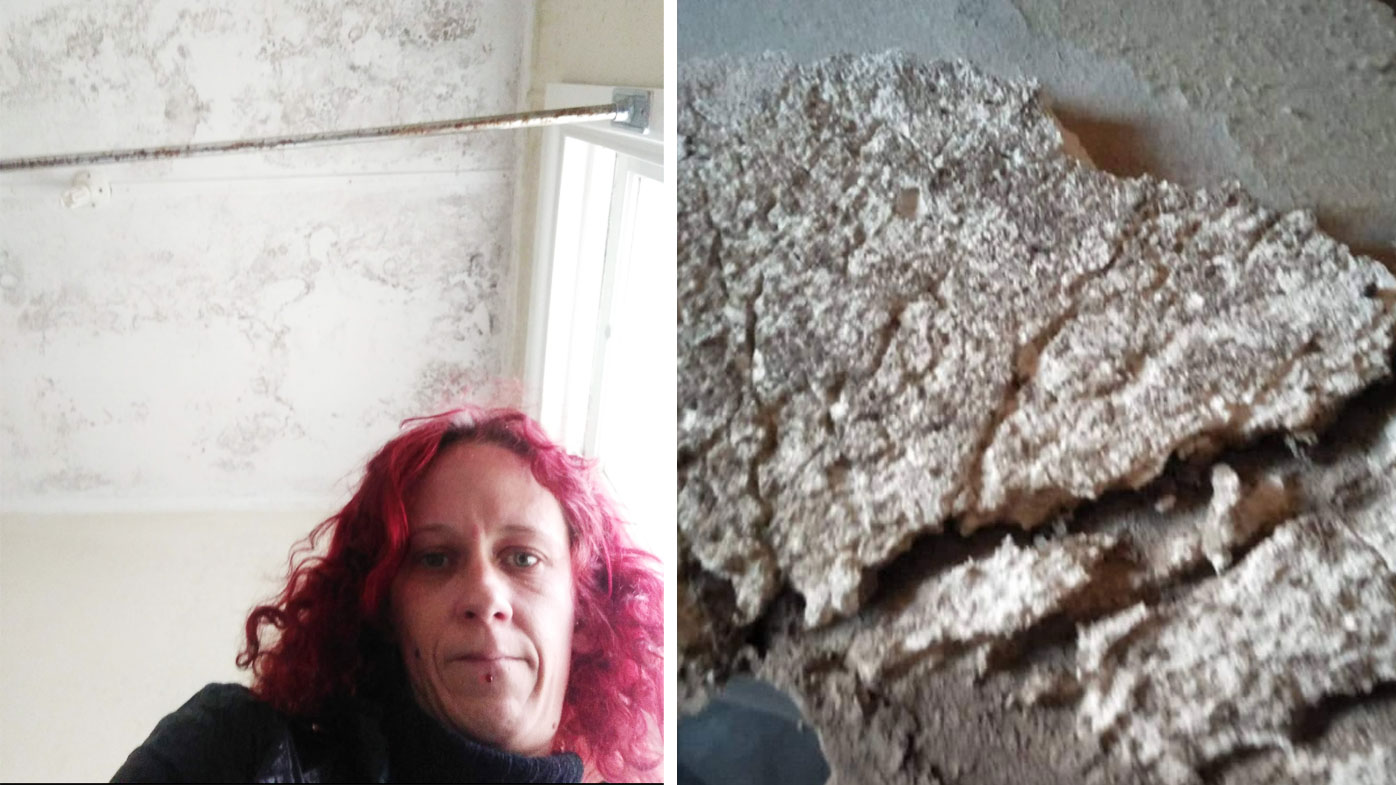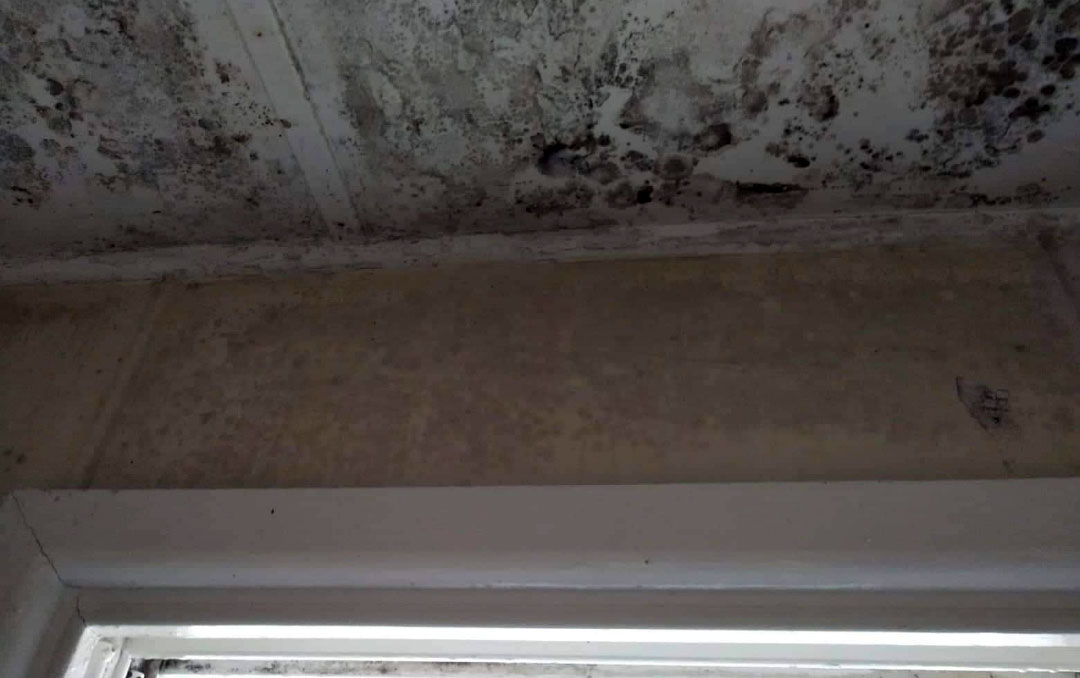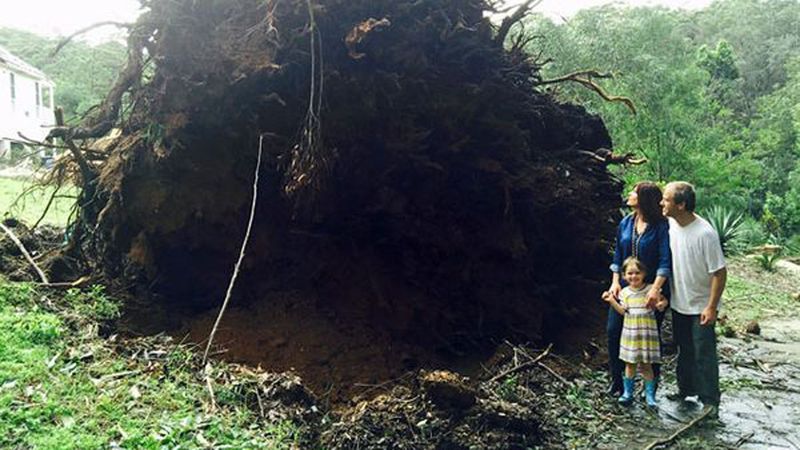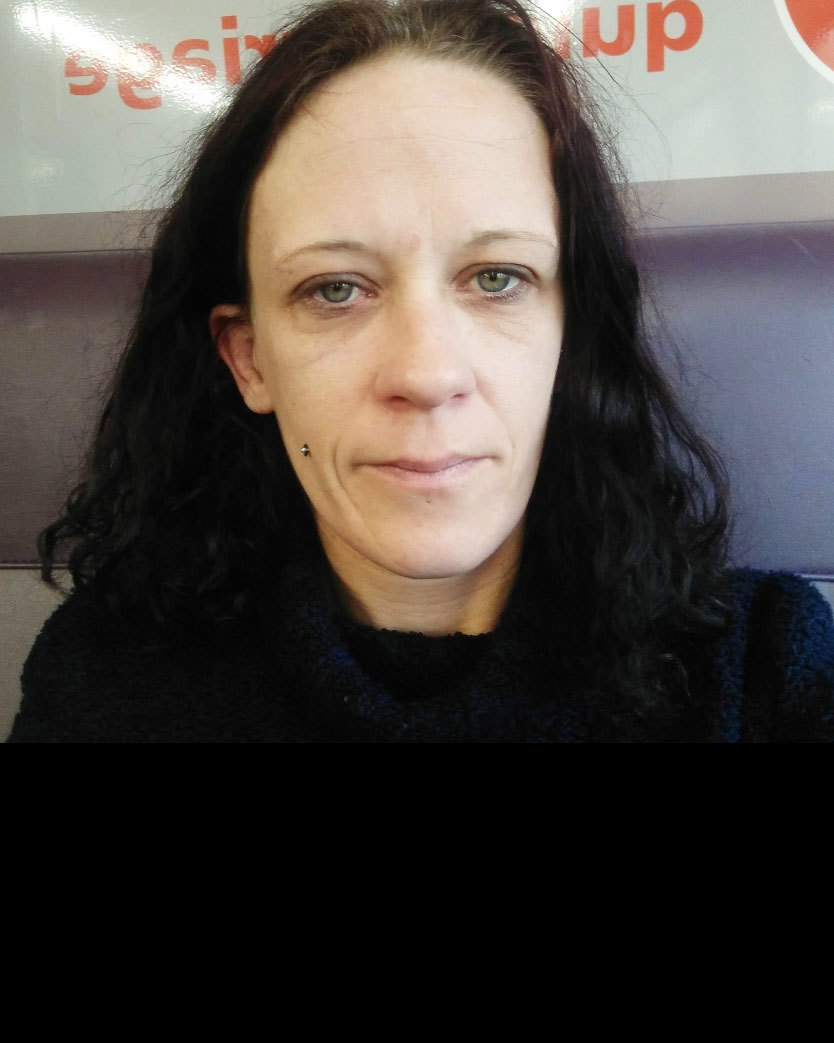Caroline Bowman was planning a fresh start when she moved into her new rental home in Windsor, on the outskirts of north-western Sydney.
Having previously started a legal service diploma at TAFE, she was going to pick up her studies again.
The three-bedroom public housing property had just been painted and seemed to match her outlook.
READ MORE: Former TV presenter left homeless after becoming sick in 'toxic' rental property

"You could smell the fresh paint," she said.
"It looked like they had put new carpet down as well; it seemed pretty good."
That was back in 2015.
Ms Bowman never got a chance to pick up her studies again.
A few weeks after moving into the property she fell mysteriously ill and has been battling multiple chronic illnesses ever since.
She would eventually be diagnosed with chronic inflammatory response syndrome (CIRS), a controversial condition with some similarities to lyme disease, thought to be brought on by exposure to mould.
But it was years before Ms Bowman connected the mould in her home to her failing health.
Ms Bowman, said she was fit and healthy when she moved into the property at the age of 33.
"I was fine when I moved in, but within weeks I was just feeling really sick," she said.
"I had all these infections, sinus and chest infections, that I kept going back to the doctor for.
"I was diagnosed with asthma. I lost my appetite and lost about 15kg. I just had this really deep ache where I couldn't do anything."
READ MORE: Bank executive speaks out about crippling effects of mould

Ms Bowman said she remembered going to the doctor for a particularly bad earache.
"The doctor took a swab and there was aspergillus mould inside my ear," she said.
She had started to notice mould growing on the freshly painted ceiling of her bathroom a few months after she moved in.
"Soon, the whole ceiling was covered in mould, it was horrible," she said.
"At one point I was cleaning the wall and I noticed it was a bit wobbly when I wiped it. I poked it and it made a hole. It was growing inside the walls. They were black."
But Ms Bowman said she still didn't really connect her illness with the mould because of the brain fog she was experiencing, a symptom commonly attributed to CIRS.
Ms Bowman said the doctors she was seeing were quick to prescribe her with antibiotics for her infections but then referred her to a psychologist who put her on antidepressants in a bid to treat her other symptoms.
"I was sure something was physically wrong though, and eventually I happened to show one of the doctors a photo of the mould in the bathroom.
"She was horrified, she said, 'Is that your bathroom of the house that you're living in?'" Ms Bowman said.
Clinical guidelines for GPs underway
The experiences of Australians with mould or biotoxin-related illnesses, including CIRS, was the subject of a parliamentary inquiry in 2018.
The inquiry was spearheaded by Liberal MP Lucy Wicks who was herself diagnosed with CIRS after her Gosford home was damaged by water during a storm.
A clear picture was painted during the inquiry of the devastating impact mould-related illnesses could have, the committee's chair, Liberal MP Trent Zimmerman, said at the time.
"CIRS is not a syndrome broadly recognised by health experts in Australia yet the committee heard heartbreaking evidence from individuals who suffer from multiple and often severely debilitating symptoms which they linked to mould exposure," Mr Zimmerman said.
"Often the symptoms have ruined lives, making employment and normal social interactions near impossible.
"We owe it to those Australians to do more to ensure their very real health needs are better understood and treated."
READ MORE: The 'mould avoiders' going to extreme lengths to treat chronic illness

The inquiry's report called for clinical guidelines to be developed for GPs and medical practitioners to better diagnose mould-related conditions.
The Federal Government did not formally respond to the inquiry's report until 18 months later in March 2020, when Australia was in the grips of its first wave of COVID-19.
However, the Health Department has recently moved to act on some of the recommendations.
A spokesperson for the department confirmed to nine.com.au that a biotoxin-related illnesses advisory committee (BIAC) is in the process of being formed.
"The committee will review current treatments and develop general clinical guidelines to support the management of patients presenting with complex illnesses that are difficult to diagnose, such as biotoxin-related illnesses," the spokesperson said.
The committee is expected to complete its work by the end of next year and its members will include medical and health experts as well as consumer representatives.
Caleb Rudd, who helps run the Toxic Mould Support Australia Facebook group, which has more than 8500 members, told nine.com.au he had been invited by the Health Department to become a member of the committee.
Mr Rudd said the 2018 inquiry had been a "watershed moment" leading to increased awareness about mould-related illnesses.
It was encouraging to now see some movement from the government on the issue, he said.
"I'm hoping this will lead to a fair review of the science and an acknowledgement that there is quite a bit of literature about these chronic CIRS-like illnesses," Mr Rudd said.
"Mould illness is not just an allergy and respiratory illness.
"This could help get the message out there that there can be these more chronic health conditions being caused by water damaged buildings."
In its submission to the inquiry, the Royal Australian College of Physicians said not enough research had been done for CIRS to be used as a diagnostic label.
Patients should instead be referred to as having "multiple not-readily-explained symptoms" until there was a consensus on how their illnesses could best be characterised, the RACP wrote in its submission.
There were a lot of similarities associated with CIRS and other not-readily-explainable conditions such as Chronic Fatigue Syndrome, Fibromyalgia, and Electromagnetic Hypersensitivity Syndrome, the RACP wrote.
In its response to the parliamentary inquiry's recommendations, the Federal Government acknowledged a need for more research into the links between chronic illness and mould exposure.
This led to the National Health and Medical Research Council allocating $2 million in November last year for targeted research into biotoxin-related illnesses in Australia.
'It's taken my life from me'
Ms Bowman said she struggled to get Housing NSW to take her mould problem seriously.
After spending two years in the house, Ms Bowman said she was forced to move out to live with her mother in 2017.

Ms Bowman paid for a mould assessment to be done herself, which showed up the extensive issues in the property. The house was eventually sold in 2019, after which it underwent substantial renovations.
Her recovery from CIRS was slow going, she said.
"I've noticed an improvement since moving out. I'm definitely feeling better than I was, but there's still a long way to go," she said.
Ms Bowman said as well as ongoing respiratory issues, her brain still felt foggy and she had been diagnosed with fibromyalgia, a condition associated with fatigue and memory loss.
"It's taken my life from me," she said.
Ms Bowman is now seeing an integrative Sydney GP who specialises in treating CIRS, but said the medication she had been prescribed was extremely expensive with no Medicare rebate.
Contact reporter Emily McPherson at emcpherson@nine.com.au.
